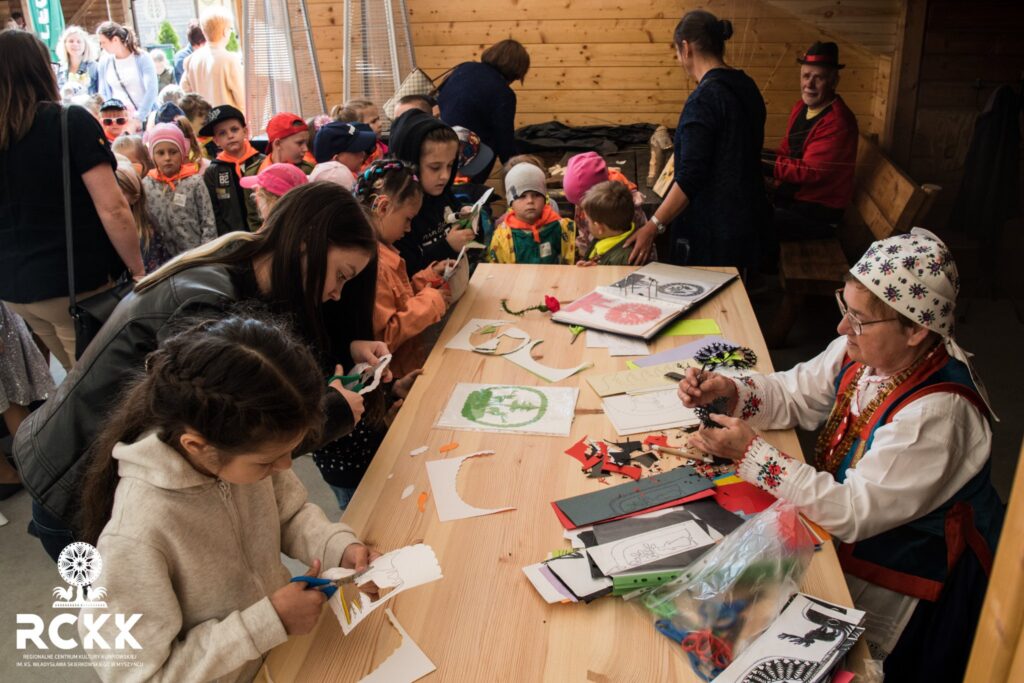
We eagerly await the colorful stories from the projects implemented under the Interreg NEXT Poland – Ukraine 2021-2027 Programme. In the meantime, we invite you to read the fascinating stories from the projects implemented under the Cross-border Cooperation Programme Poland-(Belarus)-Ukraine 2014-2020.
These projects are not just indicators, budgets, reports and payments. While these elements are essential, each project embodies the unique ideas, values, and dreams of the people carrying them out, as well as the stories of those who benefit from their implementation.
We have collected previous stories for you in two publications available in the LIBRARY on PBU website.
Dive in and get inspired!
Do you know what a “boćón”, “źeźórka”, “bełk”, “źedro”, “bźédak”[1] is? If not, go to Kurpie, the north-eastern part of the Polish Masovia. The two Masovian primeval forests, Puszcza Zielona (Green Forest) and Puszcza Biała (White Forest), are home to exceptional people who speak the beautiful Kurpish dialect. It bears traces of ancient times and of the Mazovian settlement. It has also developed unique handicrafts, crafts, music, instruments, dances, costumes and cuisine – folklore that even the untrained eye and ear can recognise from other regions of Poland.
It is not only the Kurpish dialect that is characteristic, but also the local cottages, cut-outs, amber ornaments, crepe paper flowers, or the famous decorative palms prepared for Palm Sunday. The surrounding forests and marshes, which acted as a natural barrier cutting off the area from the rest of the world, contributed to the preservation of this ancient and unique culture.
Equally unique is the culture of the nearby Volyn region in the Ukraine, with its beautiful costumes, embroidery, singing, pottery, wickerwork or ladyshka, kotyk and korovai[2]… It is therefore no surprise that, drawing on two such rich sources of tradition, folklore enthusiasts from both sides of the border decided to write a joint project entitled “Development of Polish-Ukrainian cooperation based on cultural heritage” (PROFolk). They set themselves the goal of preserving traditional songs, melodies, dances, folk instruments, as well as crafts and handicrafts, and above all their creators, from oblivion.
Mariusz Pliszka, manager of the “Kurpiowszczyzna” ensemble, conducted dance workshops for children:
The project also produced a joint CD of songs and melodies from the Kurpish and Volyn regions.
Similar events with an equally large audience took place on the Ukrainian side in Lutsk, the capital of the Volyn region. A folklore album, a map with folklore heritage routes, ethnographic classes in Wola Uhruska and a cross-border festival “Ethnic culture – a force that unites” were also produced.
Meanwhile, other seeds of the project, equally valuable and not measurable by any indicators, are also sprouting. Just listen to the simple words of Ms Michalina:
[1] In Kurpish dialect: stork, squirrel, belly, bucket, poor man
[2] In the Volyn region respectively: jug, a potato dish and a type of cake
